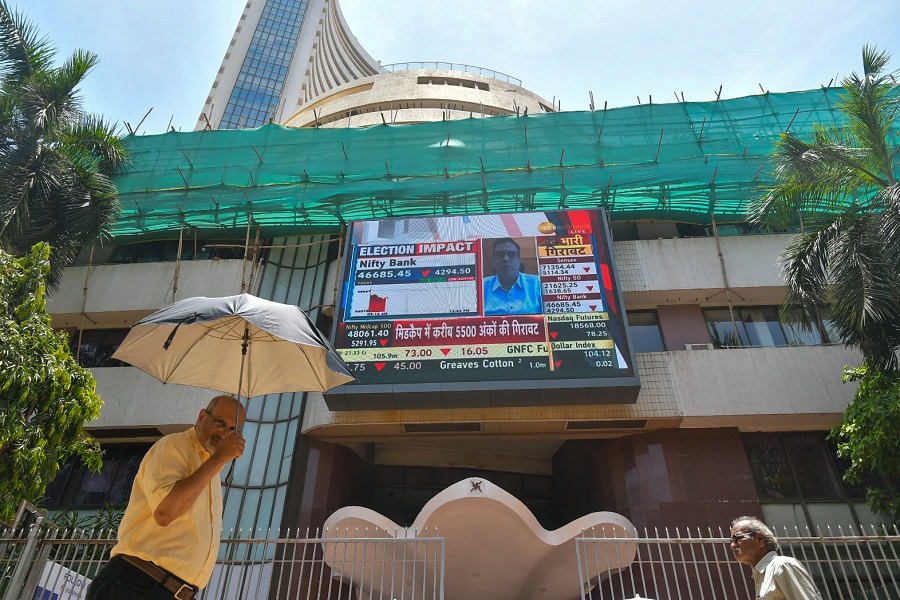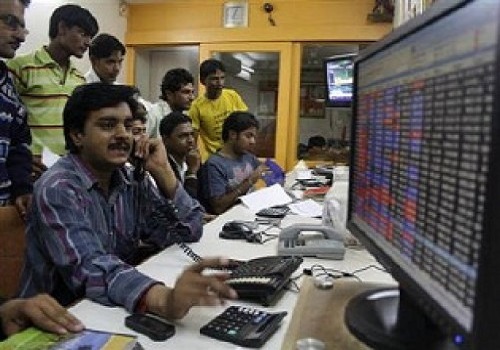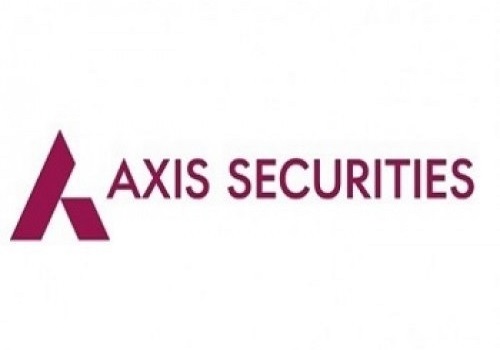Nifty50 expected to be range bound between 26,300 and 27,500 level by year end: smallcase Managers
According to smallcase managers, Indian markets are expected to continue their upward trajectory, backed by strong macro fundamentals and policy support. With Nifty50 rebounding from March lows, resistance is expected at 26,300, and a breakout could see the index reach 27,500+ by year-end.
smallcase Managers believes that the key triggers to watch out in H2 2025 include clarity on U.S. tariff policies and their impact on global trade flows, resolution of geopolitical tensions in the Indo-Pacific and Middle East, and progress on key bilateral deals such as the UK–India FTA, which could unlock export potential in sectors like textiles, pharma, and engineering.
However, they caution investors to closely monitor U.S. inflation trends in remaining months of 2025. While the US inflation seems quite benign now, the outlook for it is clouded due to the uncertain impact of tariff policies on supply of goods in the US and thus inflation. If the trade deals are reached quickly and supply of goods to the US is maintained at reasonable prices to the end user, the Fed could start cutting rates and this would be positive for the markets with FIIs flows also becoming stronger. The Fed has kept rates steady consecutively so far in CY25 and cites rising risk of inflation and unemployment amidst uncertainties. EU has already cut 100 bps rates so far and US Fed rate cuts may reinforce RBI easing scope. RBI MPC’s further rate cuts is also a domestic development which will lead to increase in economic growth and household consumption benefitting the markets.
Dr. Vikas Gupta, smallcase Manager and CEO, Omniscience Capital said, “With the interest cutting cycle having started, it looks likely that if the monsoons are supportive and the inflation remains in control, there could be further interest rate cuts by RBI triggering growth in the economy. We believe that the markets should reach back to their average 5-year PE of 25. Further, if earnings growth is supportive then the markets could be quite buoyant by end of the 2025.”
Robin Arya, smallcase Manager and Founder, GoalFi said, “For the year ahead, one needs to watch out for certain key developments that might impact the markets. Firstly, the pause for US trade tariffs with China and other countries was until July, which isn’t very far and no significant trade deals have been signed yet. This will be the immediate trigger for global trade unrest and may impact Indian markets as well.”
According to managers top sectors to watch out in remaining calendar year 2025 are:
1. Omniscience Capital: We are positive on Banking, Power, Housing Finance, Infrastructure & Construction, manufacturing and commercial services. We believe these sectors have valuation comfort as well as growth. Further, we expect budget increases in Defence and Railways which give comfort on the growth front. However, we are cautious on Defence due to valuation concerns, while Railways is slightly better on valuation comfort but not as much as the sectors outlined earlier.
2. GoalFi: According to smallcase Manager Goalfi, sector to look out for in remining CY2025 are:
* Banks and NBFCs: With favourable liquidity boost and rate cuts will majorly benefit lenders as they will see NIM expansion and can give out more credit. India’s credit growth is robust at 15.4% as of May 2025 with personal and housing loans leading. Gross NPAs have contracted below 3.5% for top players which shows strong asset quality. Above-Normal monsoon and robust Kharif production set to boost rural
consumption which will benefit segments like Affordable Housing, MicroFinancing and Vehicle Financing.
* Affordable Housing: Affordable housing is set to grow strongly in FY26, driven by rising income levels, urbanisation, and supportive government infrastructure schemes. With inventory levels at a multi-year low and demand recovering, real estate developers have clear visibility on growth. Additionally, RBI rate cuts will lead to lower home loan EMIs, significantly boosting housing demand and benefiting players in the affordable segment. Companies in this space have 13-15% sales growth and potential for improved profitability.
3. Niveshaay: We continue to focus on these high-conviction themes with strong structural tailwinds:
* Defense Manufacturing: With rising global defense budgets and India’s strategic push for indigenous procurement, we see a strong multi-year opportunity for domestic players.
* Textiles and Apparel Exports: Amid global supply chain diversification, Indian textile manufacturers are gaining market share due to efficient turnaround times, integrated capacities, and a favourable cost base.
* Power Infrastructure and Clean Energy Supply Chain: India’s ambitious grid modernization and renewable energy targets are driving consistent demand for equipment such as transformers, switchgear, and solar components. Global ESG mandates and decarbonization goals only add to this momentum.
* Pharmaceutical CDMO segment: Global innovators increasingly turn to Indian partners for cost-efficient and compliant development and manufacturing solutions
Arvind Kothari, smallcase Manager and Founder of Niveshaay said, “At Niveshaay, we do not believe in predicting short-term market movements—especially in an environment as dynamic and complex as the one we are navigating today. Near-term volatility driven by geopolitics, trade policies, and central bank actions can often cloud sentiment. However, we remain structurally confident in India’s long-term growth story and have aligned our portfolios accordingly—with a focus on sectors and companies that are well-positioned to benefit from emerging global and domestic shifts.”
Earlier, the H1 2025 unfolded amid heightened global uncertainty, marked by persistent inflationary pressures, diverging monetary policies, and escalating geopolitical tensions. Despite these headwinds, Indian markets showcased remarkable resilience.
In early 2025, global macro headwinds—including delayed U.S. Fed rate cuts, rising bond yields, and a surge in crude oil due to Red Sea disruptions—triggered a risk-off sentiment across emerging markets. The U.S. 10-year yield crossed 4.5%, prompting foreign investors to pull capital from India. Simultaneously, geopolitical tensions escalated with a brief India Pakistan flare-up at the LoC and growing fears of renewed U.S. trade protectionism as Donald Trump gained ground in the primaries. These factors amplified uncertainty around exports and global demand.
Meanwhile, inflation dynamics in India offered a more comforting picture. Inflation stayed within the RBI’s 4–5% target range, still the RBI maintained the repo rate at 6.50%, prioritizing macro stability in a globally uncertain environment. Domestically, markets underwent a healthy correction after a strong 2023–2024 rally. However, the market correction through February and March was less of a crisis and more of a healthy reset as India’s long-term fundamentals remained intact believes smallcase Managers.
Disclaimer: Investment in securities market are subject to market risks. Read all the related documents carefully before investing. Registration granted by SEBI, membership of BASL and certification from NISM in no way guarantee performance of the intermediary or provide any assurance of returns to investors. The securities quoted are for illustration only and are not recommendatory.
Above views are of the author and not of the website kindly read disclaimer



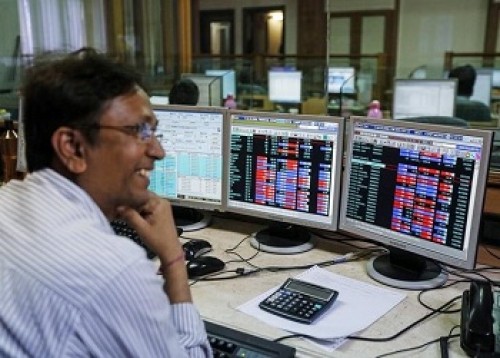

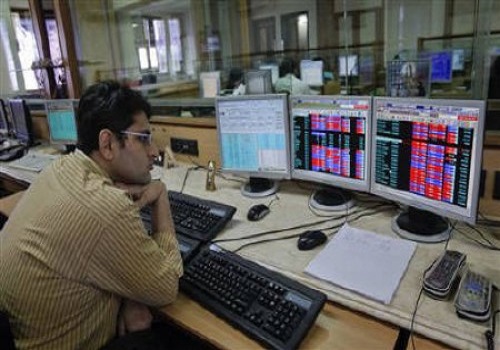
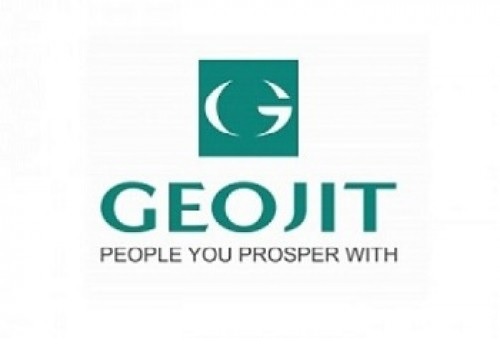



Tag News

Quote on Post Market Comment 17 July 2025 by Hardik Matalia, Research Analyst, Choice Brokin...

